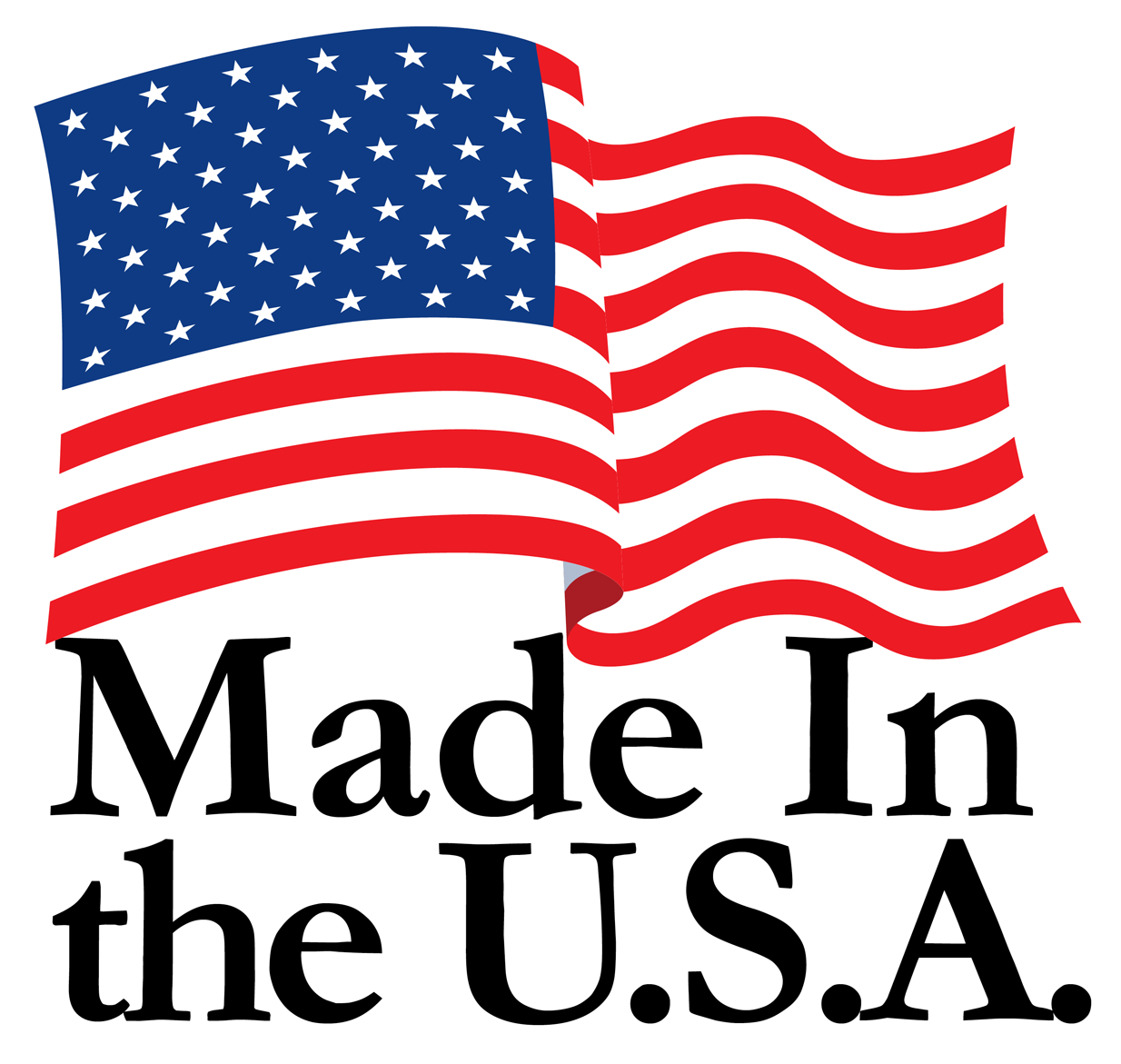Brass C26000 vs Bronze C51000: Key Differences
This article explains the differences between Brass C26000 and Bronze C51000, two popular copper alloys. Updated 04:35 PM EDT, September 30, 2025.
What Are They?
Brass C26000 is a mix of about 70% copper and 30% zinc, known for its shiny, gold-like look. Bronze C51000 is mostly copper (94-96%) with tin (4-6%) and a bit of phosphorus (0.03-0.35%), making it stronger and tougher.
Differences in Detail
| Property | Brass C26000 | Bronze C51000 |
| Composition | 70% copper, 30% zinc | 94-96% copper, 4-6% tin, 0.03-0.35% phosphorus |
| Color | Bright yellow-gold (decorative) | Dull brown-gold (less shiny) |
| Strength (Tensile) | 300-550 MPa (moderate) | 380-620 MPa (higher) |
| Hardness | Lower (easier to shape) | Higher (more wear-resistant) |
| Corrosion Resistance | Good in air and water | Excellent, especially against wear and salt |
| Machinability | Very good (easy to cut) | Fair (needs careful cutting) |
| Electrical Conductivity | 28% IACS (decent) | 15% IACS (lower due to tin) |
| Cost | Lower (simpler alloy) | Higher (more complex mix) |
| Common Uses | Decorations, fittings, musical instruments | Bearings, springs, electrical parts |
Key Points to Know
- Brass C26000 is great for things that need to look nice or be easy to shape, like jewelry or plumbing parts.
- Bronze C51000 is better for tough jobs like machine parts or springs because it lasts longer and resists wear.
- Both are copper alloys, but Bronze C51000 is stronger while Brass C26000 is more flexible and cheaper.
Which One to Choose?
Pick Brass C26000 if you need something decorative or easy to work with that doesn’t face heavy wear. Choose Bronze C51000 for parts that need to be strong and durable, especially in machines or salty environments.
For more info, check standards like ASTM B36 (C26000) or ASTM B139 (C51000).
